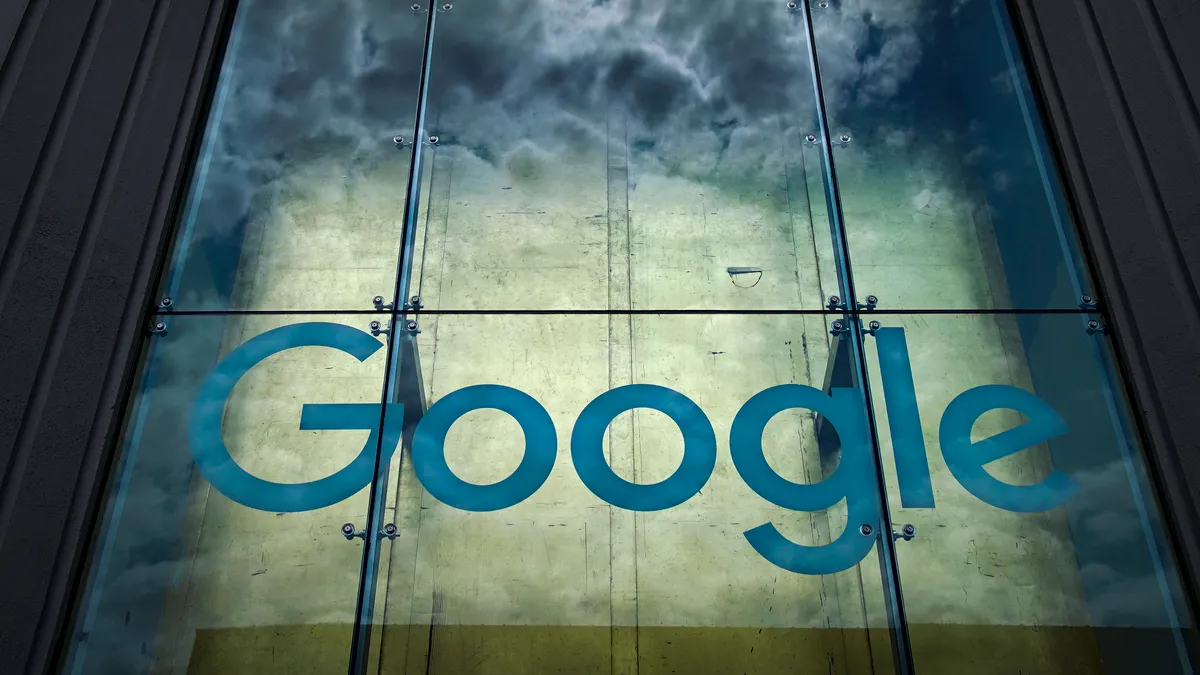Dive Brief:
- Google grew revenue 6% year-on-year in the third quarter to reach $69.1 billion, according to an earnings statement from parent company Alphabet. That figure missed analyst expectations.
- Search and other, the tech giant’s top segment, saw revenue up 4% YoY to $39.5 billion. Meanwhile, revenue for YouTube declined 2% compared to the year-ago period to $7.01 billion. The video-sharing site generated $7.2 billion in Q3 2021.
- A continued deceleration for YouTube comes as the platform races to catch up with TikTok, mainly through a lookalike feature called Shorts. It’s another signal that marketers are pulling investments away from some digital channels amid an economic downturn and rising competition.
Dive Insight:
Discussing the results with analysts, Google executives emphasized that some of the weakness in search stemmed from “lapping” the year-ago period, when the digital ad market experienced an historic rebound from the fallow early days of the pandemic. Still, the firm’s patchy Q3 performance is indicative of broader troubles roiling the tech sector that don’t appear to be going away anytime soon.
A souring economy has affected ad spending in key verticals, with financial services providers like insurance, loan, mortgage and crypto companies culling their search investments in Q3. Google Play, the company’s mobile app store, has seen user engagement wane, including in categories like gaming. That’s creating “downward pressure” on ad revenues elsewhere, according to Chief Business Officer Philipp Schindler.
Once a bright spot on the earnings sheet, YouTube also continues to be a burden. Google only started breaking out results from the video-sharing site two years ago, but it has consistently underperformed in 2022 and actually saw revenue shrink for the first time in Q3. By contrast, YouTube revenue jumped 43% YoY in Q3 2021.
Beyond dim macroeconomic conditions, YouTube’s challenge is that it’s pivoting focus to Shorts, which is in the early days of monetization. As the TikTok copycat commands a larger share of overall YouTube watch time, mature areas of the platform could see their engagement and revenue affected. Shorts currently draws about 1.5 billion users every month and generates 30 billion daily views. It began running ads globally in May, but the real question is whether it can retain the right talent in an increasingly creator-driven economy.
Starting early next year, Google is bringing a revenue-sharing program to Shorts to better financially support creators and lure them away from rivals. The short-form video offering is also now a pathway to YouTube’s Partner Program for top-tier talent.
“This update makes YouTube the only platform where creators can monetize their content across short, long and live formats at scale,” said Google CEO Sundar Pichai on the earnings call.















